COLIN BISHOP visits Southampton Maritime Museum
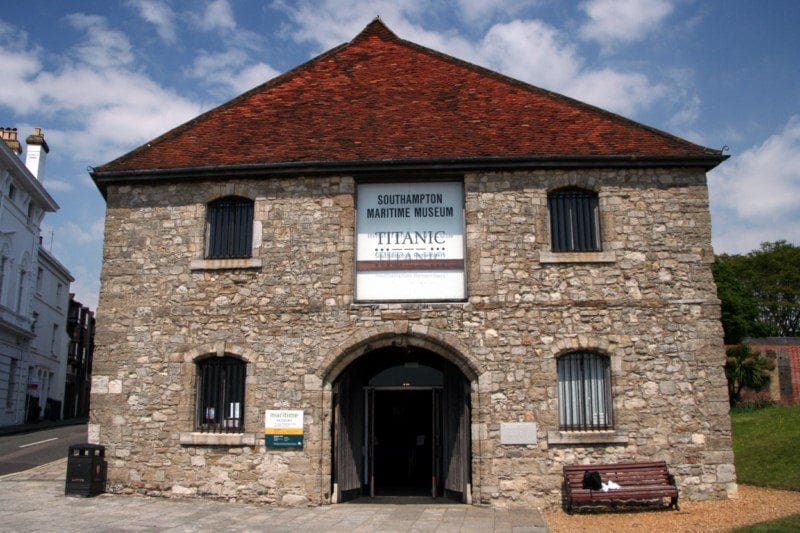
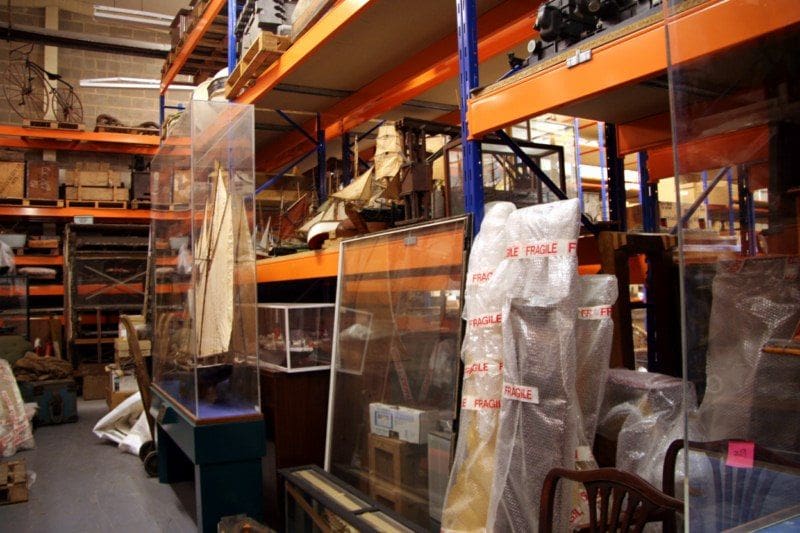
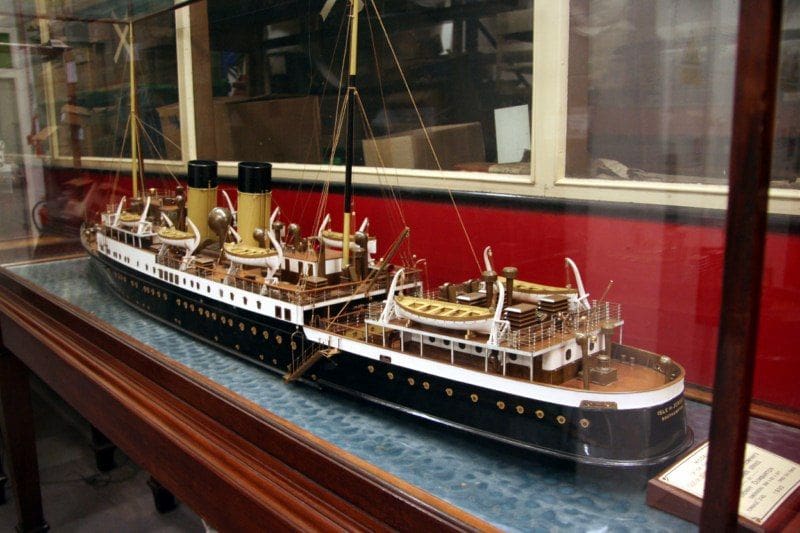
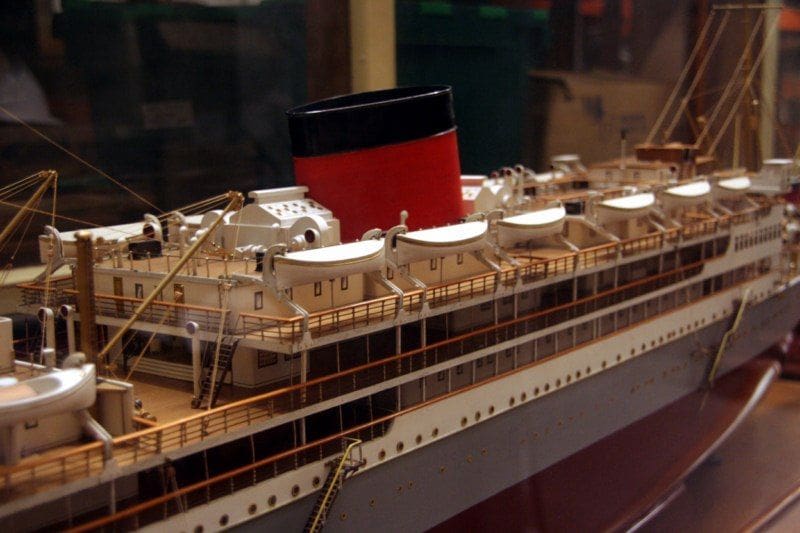
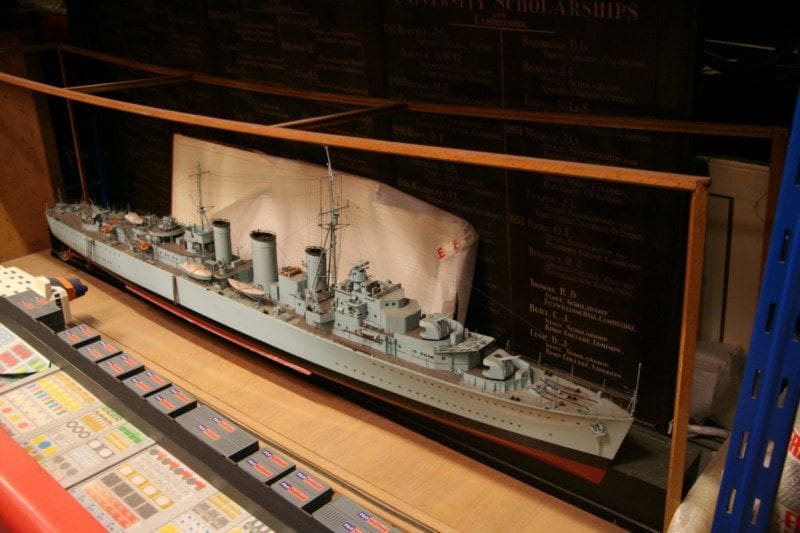
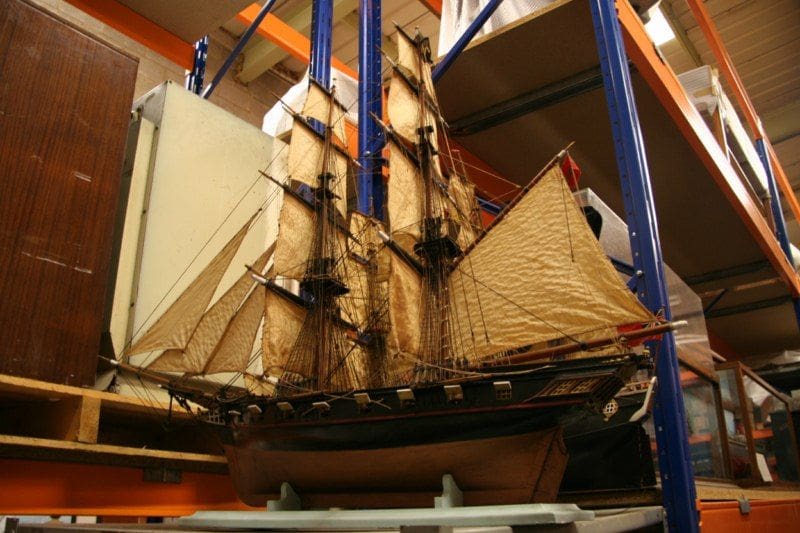
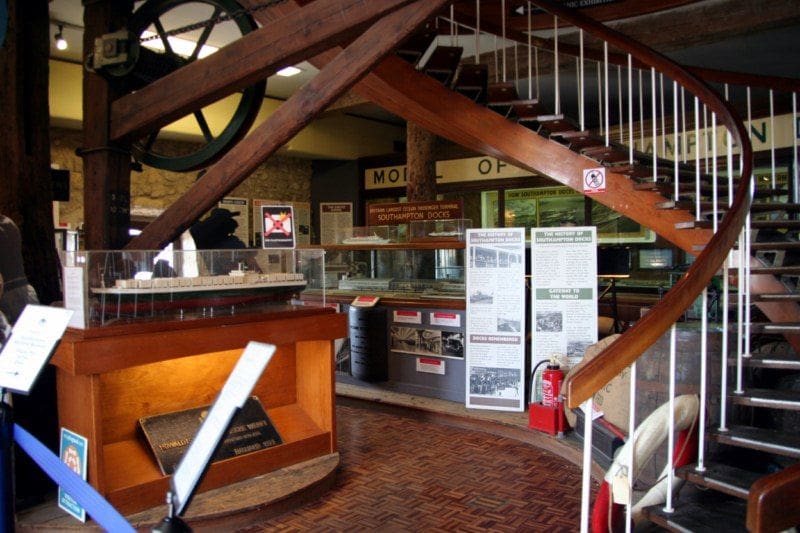
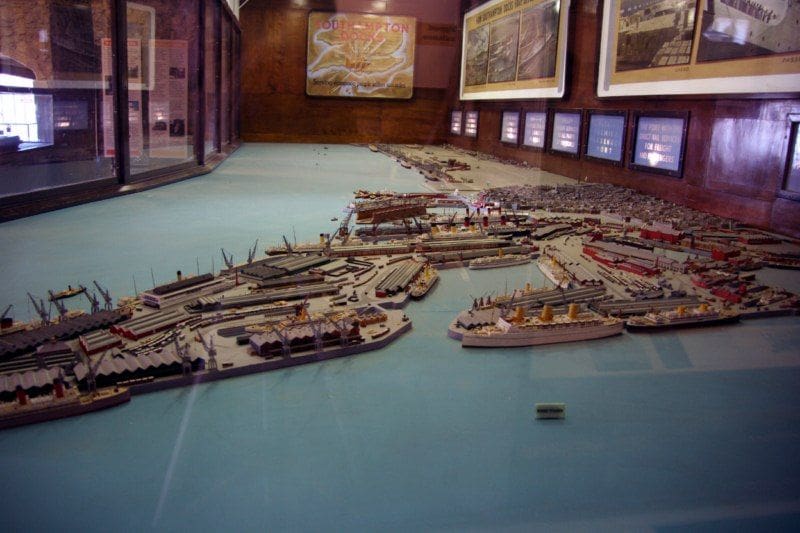
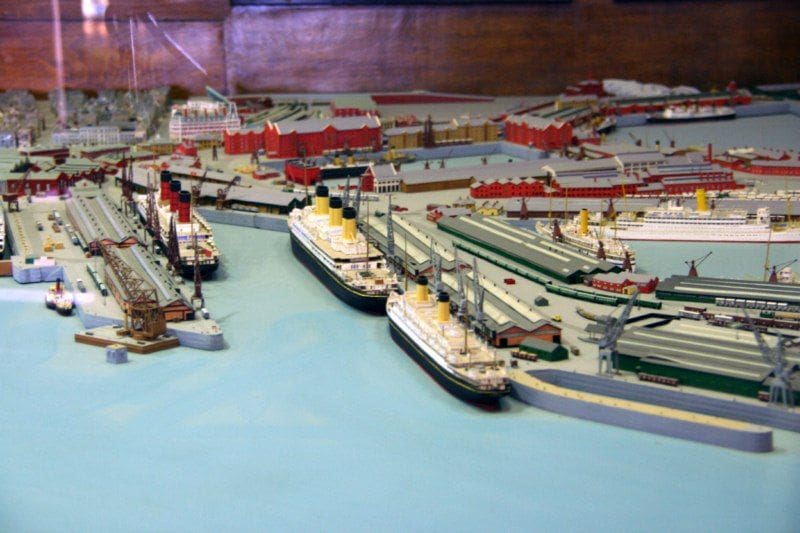
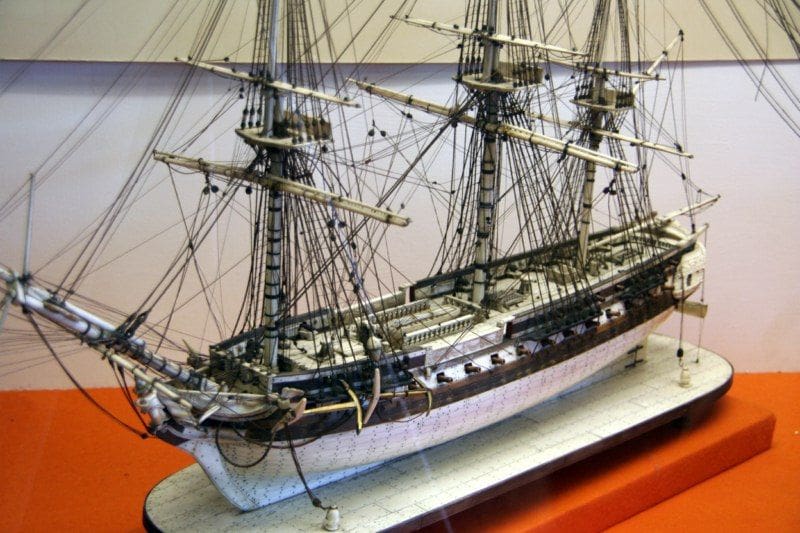
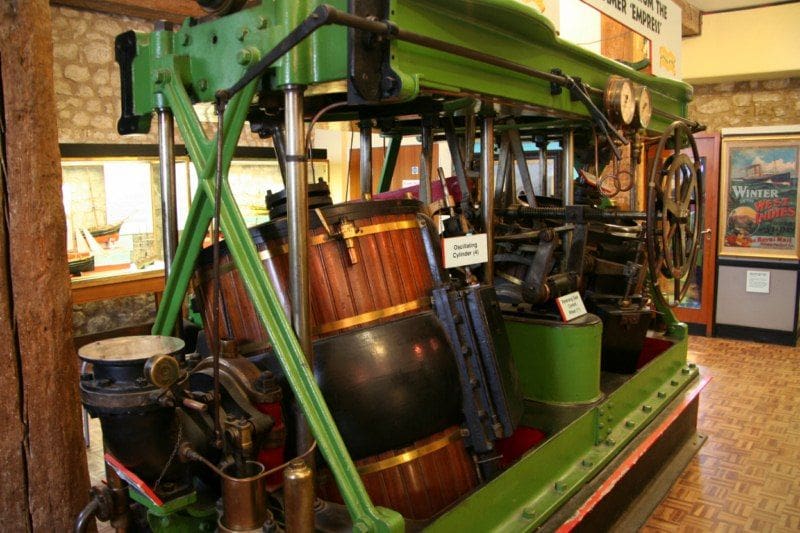
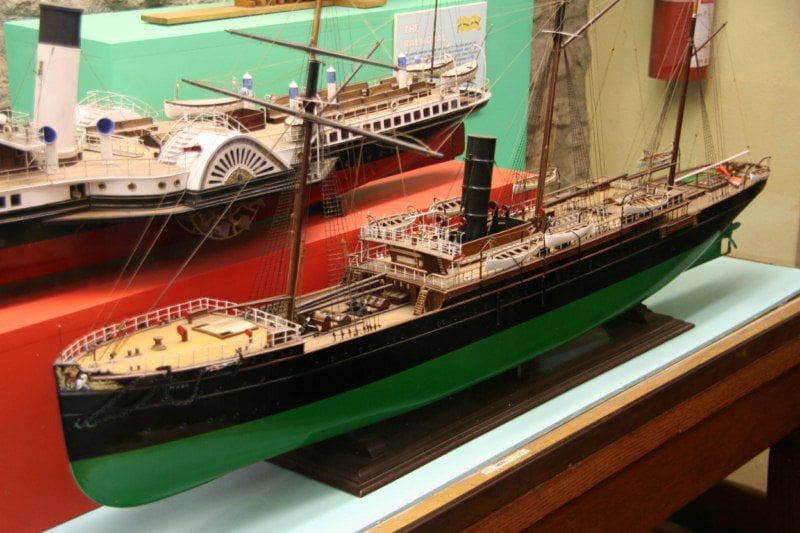
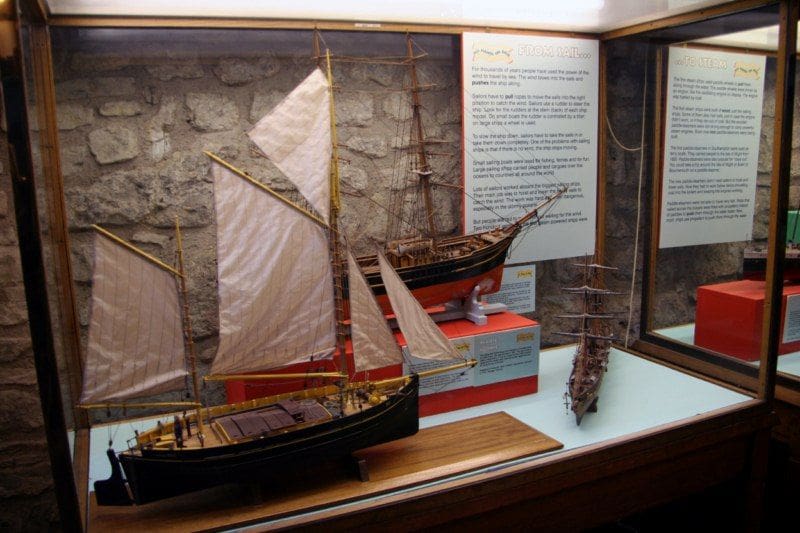
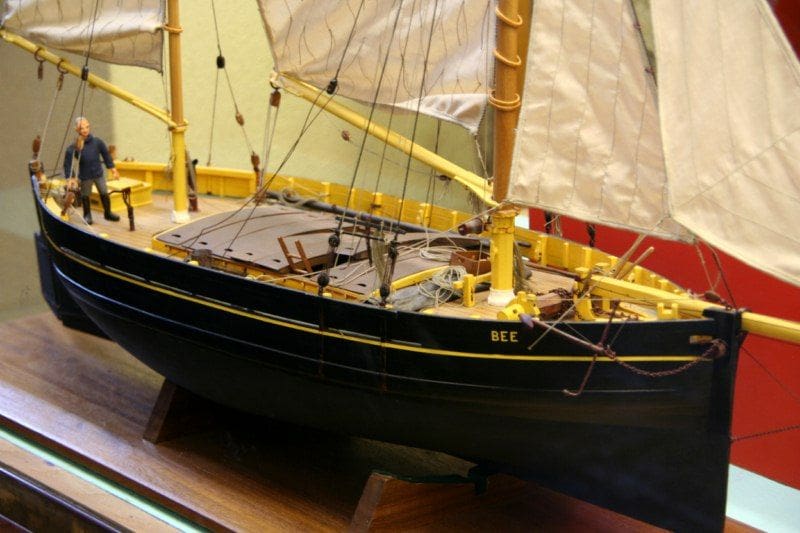
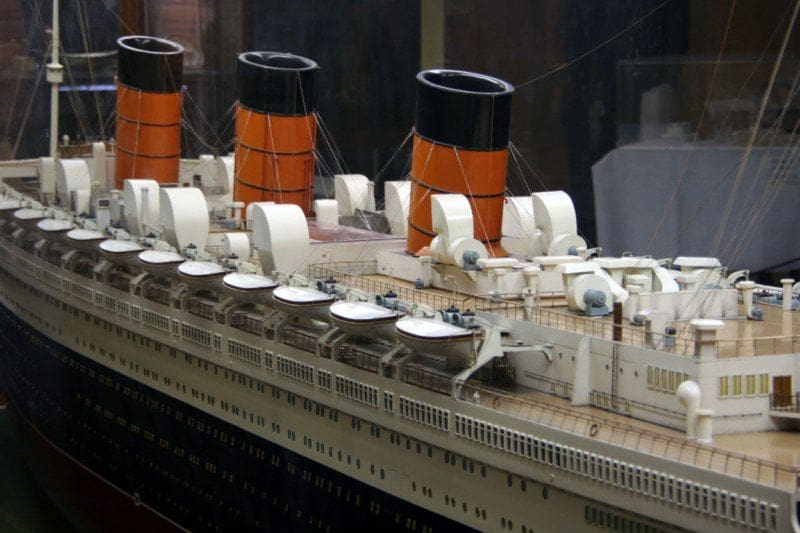
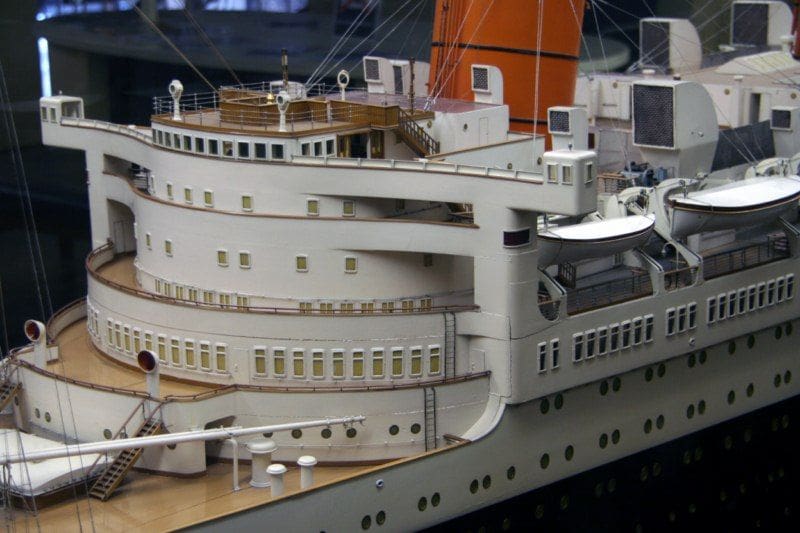
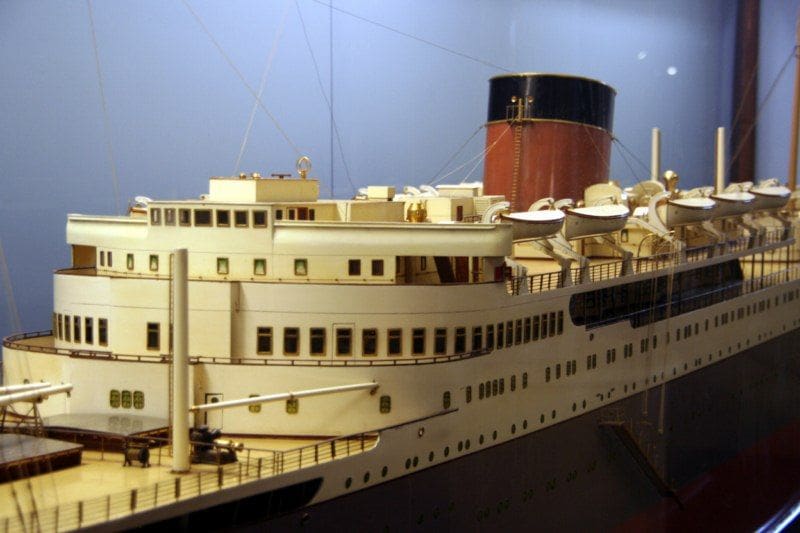
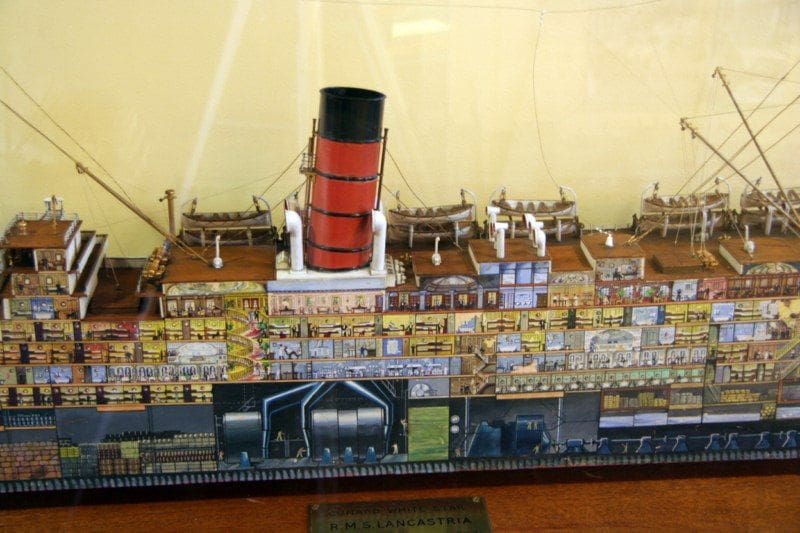
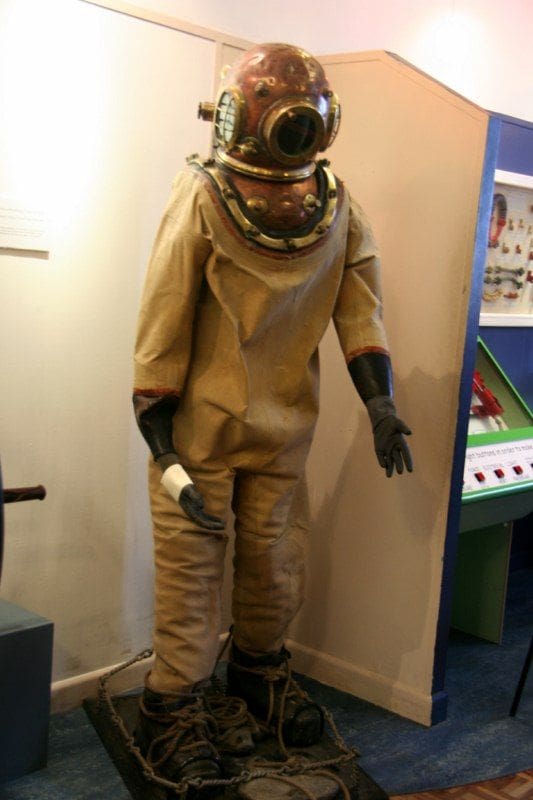
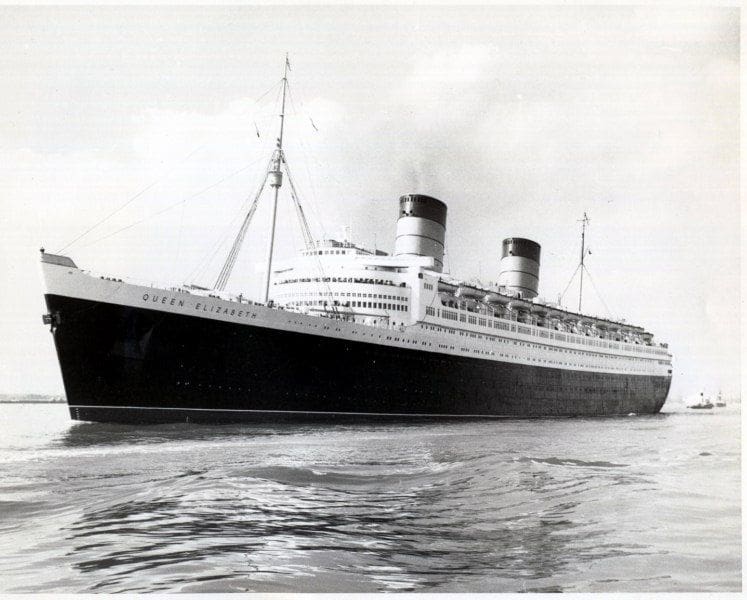
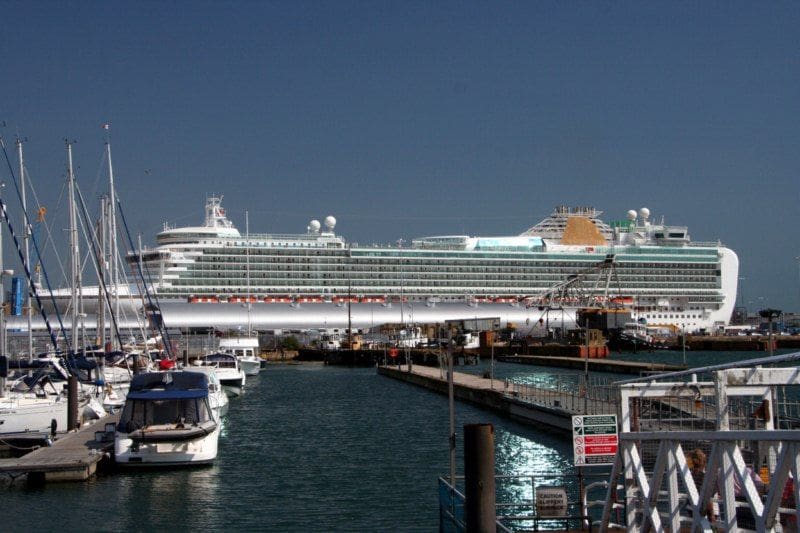
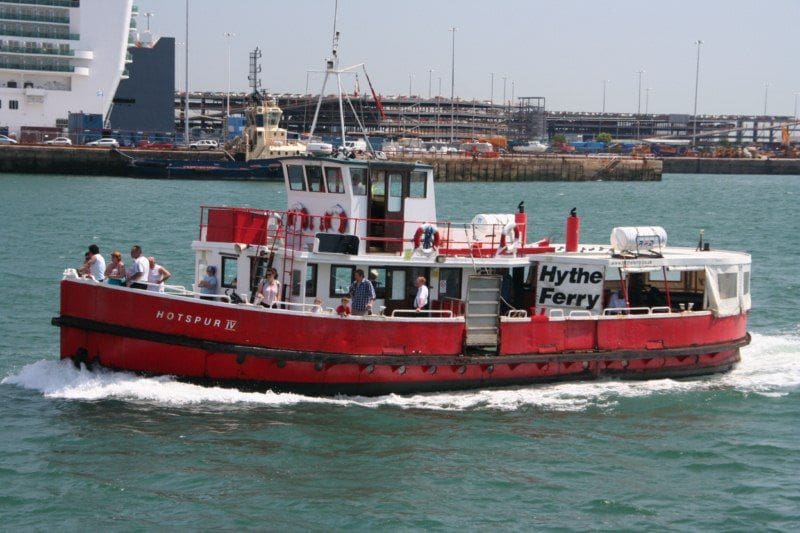
At the end of the 1950s, mass air travel had yet to make an impact and much international travel was still by sea. This was the final swan song of the great ocean liners and impressive it was too. The ports of London, Liverpool and Southampton maintained links across the globe from the prestigious North Atlantic run to the routes to South Africa, Australasia and the Pacific. Paramount was perhaps Southampton, gateway to the world, and here you could see the greatest ships ever to sail the ocean highways.
My father was always interested in ships and passed his lifelong passion on to me. As a schoolboy he would take me down to Southampton to see the famous liners in all their glory. If one of the Cunard ‘Queens’ was in you could get a dockyard pass which was supposed to give you access to the Ocean Passenger Terminal to view the Queen Mary or Queen Elizabeth but in practice once you were through the dockyard gate you could wander around the docks to your heart’s content and see ships from all over the world plus those undergoing overhaul in the several dry docks in the dockyard complex. Much more educational than the occasional day lost from school – my Dad had his priorities right!
Enjoy more Model Boats Magazine reading in the monthly magazine.
Click here to subscribe & save.
If you visited on a Thursday then you could be sure of seeing a Union Castle mail liner sailing at precisely 4pm for the Cape. An exciting day out would finish with a trip on the Southampton to Hythe ferry giving a seaward view of the liners and a great fish ‘n chips meal on Hythe pier.
One of the most extraordinary sights for me was during the 1966 merchant seamen’s strike. As the liners came in, their crews walked ashore and the ships were laid up moored three abreast like rowing boats. It was the beginning of the end but an incredible spectacle.
Half a century on things have changed, the liners are no more having been replaced by fleeting visits from the efficient container ships and ugly car carriers. Cruise ships also make their 12 hour turnarounds but are virtually indistinguishable in appearance from the neighbouring high rise buildings.
The spirit of the ocean liner heyday is now only to be found in books, photographs and a few videos but Southampton City Council have preserved some of the memories in their little known but evocative Maritime Museum which is well worth a visit to anyone interested in the history of the port. An enquiry to their Museums and Galleries department confirmed that I could visit both the museum and also their reserve collections which are housed in an industrial unit not far from the historic waterfront.
First port of call was the reserve collection which proved to encompass a bewildering variety of items of all shapes and sizes of which many were maritime related. These ranged from donated items of little or no value to superb builder’s models of well known vessels with all sorts of odds and ends (I can put it no better) in between. Unfortunately flash photography both here and in the museum itself was prohibited and the low light levels did pose something of a problem even with the aid of a tripod which meant that it was not possible to capture some of the more interesting items. Other models were tantalisingly tucked away well beyond the reach of my camera. Nevertheless I hope that the photos featured give some idea of the treasures stored away from the public eye.
The Museum itself is housed in the medieval Wool House a few yards from the Town Quay and Royal Pier from where the Isle of Wight ferries depart. This historic building has exhibits on two floors. The ground level features displays and memorabilia of Southampton Docks in their prime including an enormous scale model of the docks in the 1930s originally built for the 1939 New York World’s Fair plus some nice models and a complete original oscillating engine from the excursion paddle steamer Empress, built in 1879. The exhibits are very ‘people friendly’ and will appeal to all the family with their clear descriptions. There are also some good quality souvenirs including postcards and books to complement the museum exhibits.
The upstairs galleries have a fine collection of ocean liner models including the famous Queen Mary and there is also fittingly a Titanic exhibition as that doomed ship sailed from Southampton on her maiden and final voyage. As with the reserve collections, light levels were low which restricted photography and taking pictures of the very atmospheric Titanic display were also prohibited as the exhibits were on loan and do not belong to the City Council.
The most impressive model has to be RMS Queen Mary built to 1/48th scale as is the model of her consort RMS Queen Elizabeth in the London Science Museum. At almost seven metres long it really captures the essence of the original ship and is beautifully detailed. Another notable model is a ‘cutaway’ of the Cunard intermediate liner Lancastria which was tragically lost in June 1940 while evacuating British troops from St Nazaire on the Atlantic coast of France following the fall of Dunkirk a few days earlier. Over 4,000 were estimated to have lost their lives making it the greatest single loss of life in British maritime history. The illustration of the interior of this model gives some idea of just how complex even a medium size liner could be. Another notable model is the famous Royal Mail liner Andes of 1939 which started her career as a wartime troopship but afterwards went on to enjoy a successful career as a luxury cruise ship during the 1950s and 1960s.
The museum is a real gem which tends to be overlooked and is well worth an hour or so of anybody’s time if you have the slightest interest in the classic days of ocean travel before the airlines consigned them to history.
My thanks to Southampton City Council and Maria Newbery who facilitated my visit. Further information including visiting hours and the modest admission fees can be found on the website: www.southampton.gov.uk/s-leisure/artsheritage/museums-galleries/maritimemuseum.aspx



